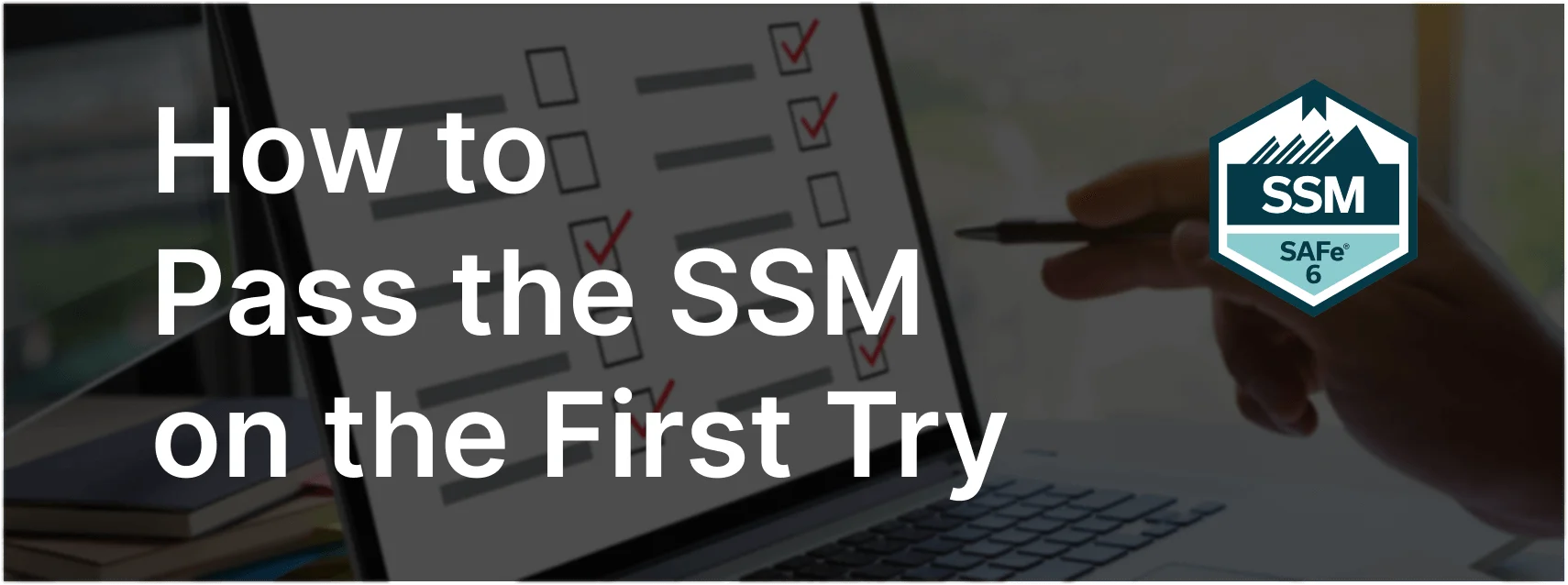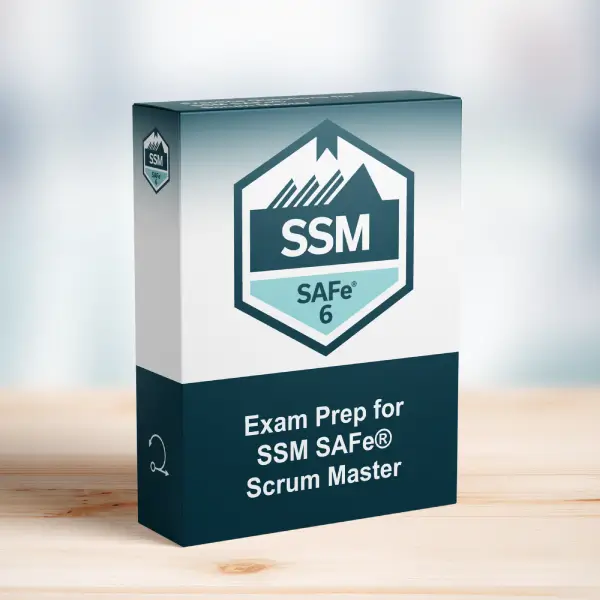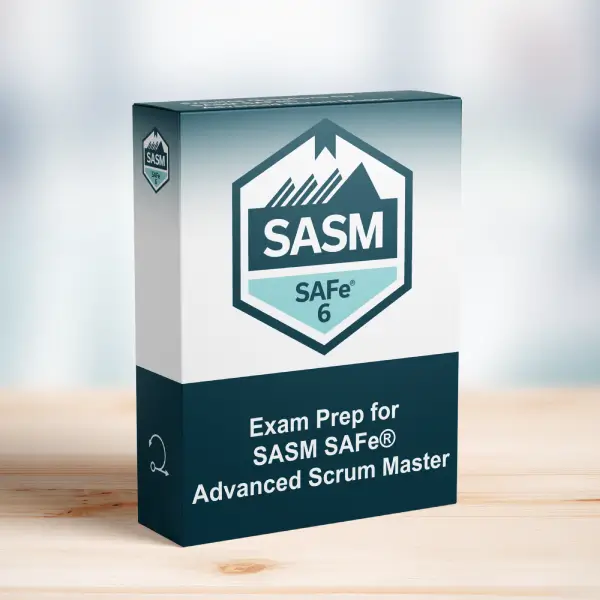Mastering the SSM Role
This article explores a key responsibility of the SAFe Scrum Master based on a real SSM exam question.
Exam Question
Which of the below are types of Enabler stories?
(choose the best three answers)
A. Running jobs that require human interaction.
B. Adding features to the product.
C. Refactoring and spikes.
D. Building or improving development/deployment infrastructure.
Correct Answer
A,C,D
Explanation
Correct Answer
A. Running jobs that require human interaction.:
This aligns with the Scrum Master’s role in facilitating team and program-level events in SAFe.
C. Refactoring and spikes.:
This aligns with the Scrum Master’s role in facilitating team and program-level events in SAFe.
D. Building or improving development/deployment infrastructure.:
This aligns with the Scrum Master’s role in facilitating team and program-level events in SAFe.
Incorrect Answers
B. Adding features to the product.:
This does not represent a typical SAFe Scrum Master responsibility for facilitation.
Scrum Master Insights
- Facilitation: Supports Iteration events, Scrum of Scrums, and System Demos.
- Coaching: Helps teams adopt Agile practices and self-organization.
- Flow Enablement: Removes blockers and fosters continuous improvement.
Relevance to the SSM Exam
This question reflects the Scrum Master’s expected activities at the team and program level. Understanding these helps you pass the exam and succeed in practice.
Key Takeaways
- Scrum Masters facilitate several SAFe events that drive alignment and delivery.
- They promote agile execution and program-level transparency.
- Coaching and servant leadership are central to their impact.
Conclusion
These facilitation responsibilities define the value a SAFe Scrum Master brings to Agile Release Trains. For more preparation, explore our SSM Exam Prep.
Read more:



